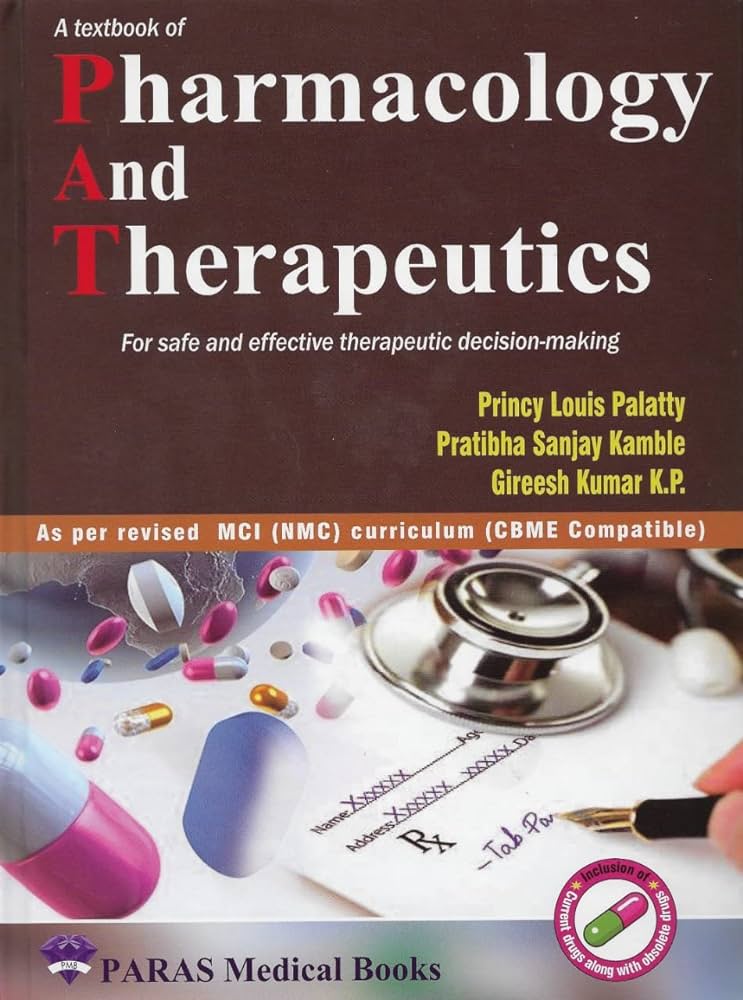炎性体与细菌病原体之间错综复杂的相互作用:作用、机制和治疗潜力。
IF 12.5
1区 医学
Q1 PHARMACOLOGY & PHARMACY
引用次数: 0
摘要
炎症小体是细胞内的多蛋白复合物,由传感器、适配器和树突酶组成,可将白细胞介素(IL)-1β 和 IL-18 分解为成熟形式。此外,caspase-1 和 -11 激活会导致气敏素 D 被裂解,形成孔隙,从而诱发炎症反应。炎症小体的激活和裂解促进宿主对病原体的防御,而炎症小体的失调则会导致各种病症。炎症小体通过离子波动、活性氧生成和扰乱细胞内细胞器功能等细胞过程,直接或间接地显示出多功能微生物信号检测;然而,细菌也有操纵炎症小体的适应性策略,如改变微生物相关分子模式、用分泌效应物拦截先天性通路以及减弱炎症和细胞死亡反应。在这篇综述中,我们总结了炎症小体在细菌感染过程中发挥不同作用的最新进展,并讨论了细菌如何利用炎症小体通路建立感染或持续感染。此外,我们还强调了利用细菌免疫颠覆策略对抗急性和慢性细菌感染的治疗潜力。更全面地了解炎性体在免疫中的意义及其在细菌病原体和宿主之间的斗争中的复杂作用,将有助于开发创新战略,以应对耐药细菌感染扩大所带来的新威胁。本文章由计算机程序翻译,如有差异,请以英文原文为准。
The intricate interactions between inflammasomes and bacterial pathogens: Roles, mechanisms, and therapeutic potentials
Inflammasomes are intracellular multiprotein complexes that consist of a sensor, an adaptor, and a caspase enzyme to cleave interleukin (IL)-1β and IL-18 into their mature forms. In addition, caspase-1 and -11 activation results in the cleavage of gasdermin D to form pores, thereby inducing pyroptosis. Activation of the inflammasome and pyroptosis promotes host defense against pathogens, whereas dysregulation of the inflammasome can result in various pathologies. Inflammasomes exhibit versatile microbial signal detection, directly or indirectly, through cellular processes, such as ion fluctuations, reactive oxygen species generation, and the disruption of intracellular organelle function; however, bacteria have adaptive strategies to manipulate the inflammasome by altering microbe-associated molecular patterns, intercepting innate pathways with secreted effectors, and attenuating inflammatory and cell death responses. In this review, we summarize recent advances in the diverse roles of the inflammasome during bacterial infections and discuss how bacteria exploit inflammasome pathways to establish infections or persistence. In addition, we highlight the therapeutic potential of harnessing bacterial immune subversion strategies against acute and chronic bacterial infections. A more comprehensive understanding of the significance of inflammasomes in immunity and their intricate roles in the battle between bacterial pathogens and hosts will lead to the development of innovative strategies to address emerging threats posed by the expansion of drug-resistant bacterial infections.
求助全文
通过发布文献求助,成功后即可免费获取论文全文。
去求助
来源期刊
CiteScore
23.00
自引率
0.70%
发文量
222
审稿时长
90 days
期刊介绍:
Pharmacology & Therapeutics, in its 20th year, delivers lucid, critical, and authoritative reviews on current pharmacological topics.Articles, commissioned by the editor, follow specific author instructions.This journal maintains its scientific excellence and ranks among the top 10 most cited journals in pharmacology.

 求助内容:
求助内容: 应助结果提醒方式:
应助结果提醒方式:


